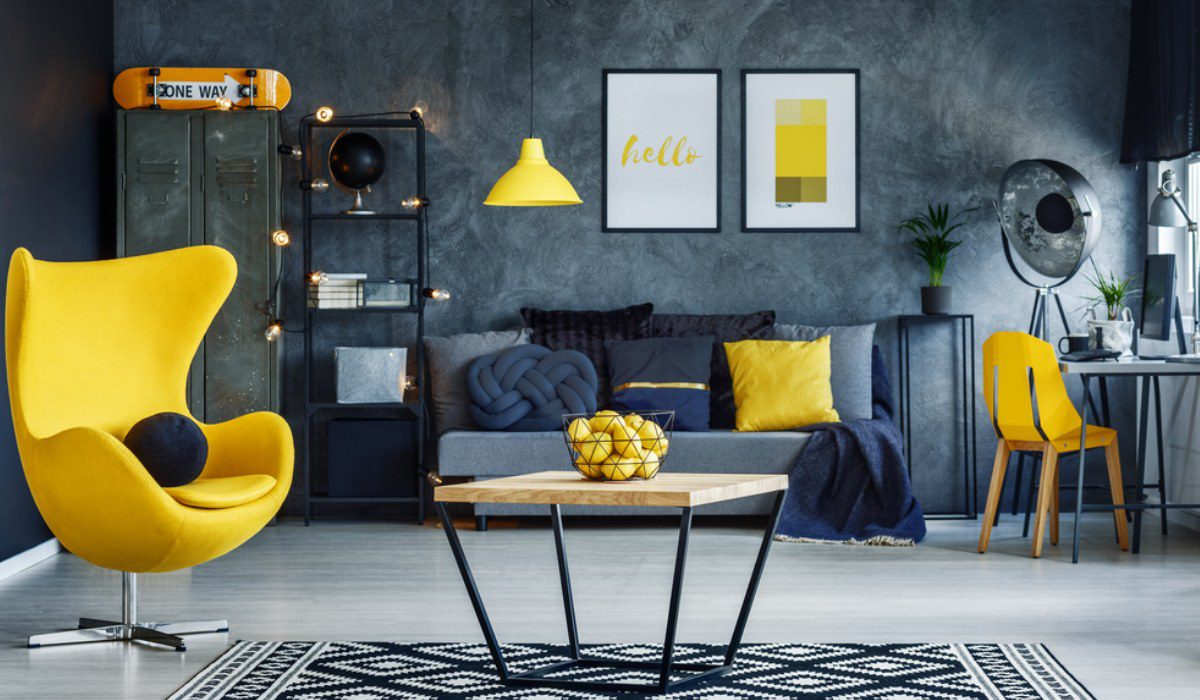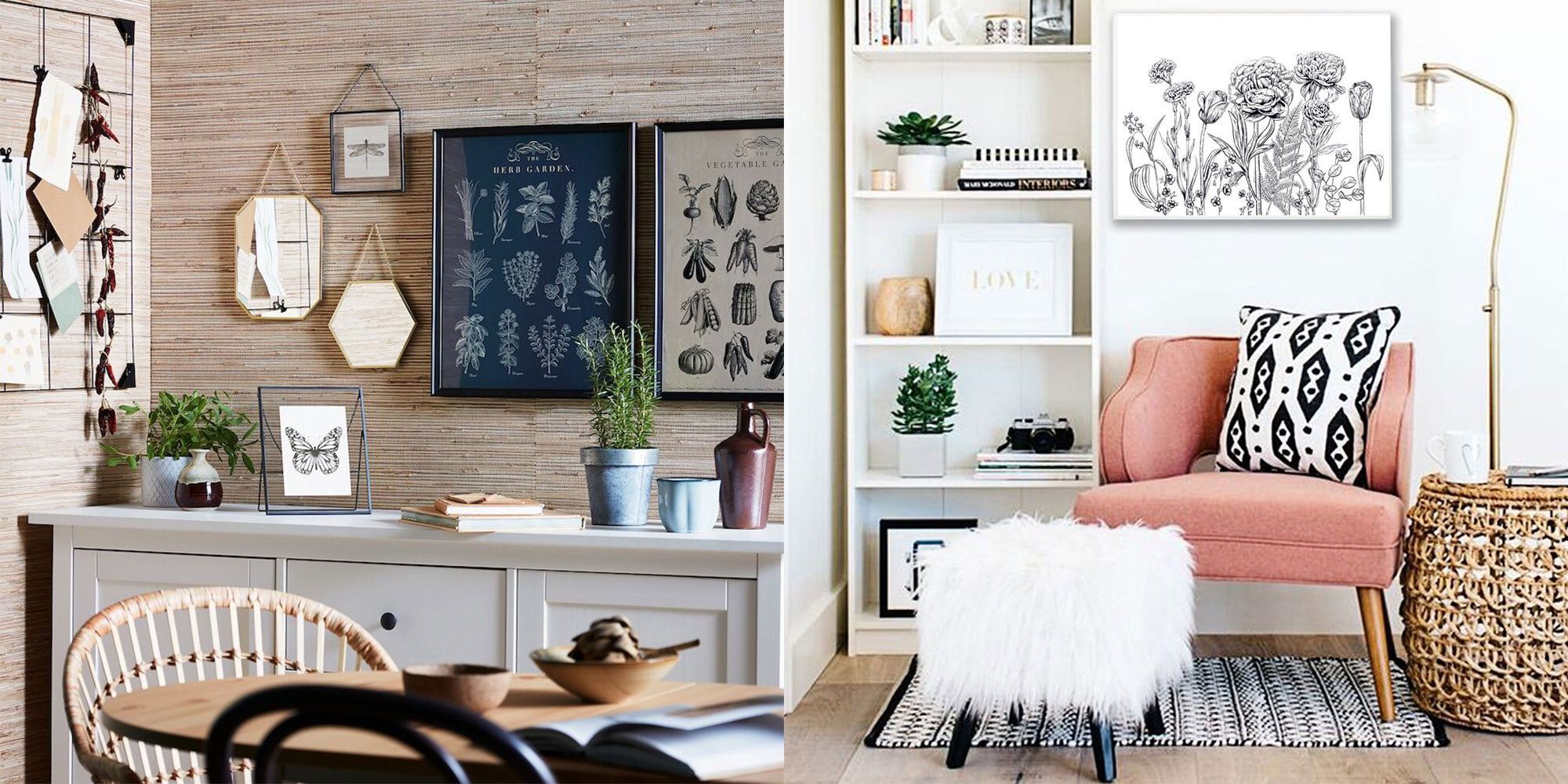Seasonal Home Decor Modifications to Maintain Your Area Looking Fresh Year-Round
Seasonal Home Decor Modifications to Maintain Your Area Looking Fresh Year-Round
Blog Article
Discover Just How to Mix and Match Cushion Art to Develop a Relaxing and Personalized Home
In the realm of interior decoration, the art of blending and matching padding designs holds the power to change a space from ordinary to inviting. Paddings, commonly forgot, play a considerable function in producing a comfortable and individualized home. By thoroughly choosing the best shades, patterns, and structures, you can curate an ambiance that shows your distinct individuality and layout sensibilities. Comprehending just how to incorporate these elements harmoniously can boost your home and evoke a sense of comfort and style. So, allow's discover exactly how the tactical arrangement of paddings can instill heat and personality right into your home decoration.
Understanding Padding Art Styles
Exactly how can one identify between the different styles of padding art to improve the visual appeal of their home? Comprehending cushion art styles is necessary for creating a aesthetically attractive and natural style. Pillow art can range from conventional to contemporary, minimalist to bohemian, and everything in between.

Typical padding art styles typically feature intricate patterns, such as flower concepts or damask styles, which add a touch of style to a space. These designs are identified by rich shades and lavish fabrics like silk or velvet. In comparison, contemporary cushion art welcomes clean lines, geometric forms, and bold colors to produce a more modern look.
Minimalist cushion art styles prioritize simpleness and performance, usually featuring straightforward patterns or solid colors. These pillows are ideal for producing a clean and clean aesthetic. On the various other hand, bohemian pillow art styles are eclectic and vivid, including a mix of colors, textures, and patterns to develop a comfortable and welcoming environment. By understanding these various designs, one can effectively match and mix cushion art to individualize their living room and produce an unified layout plan.
Choosing the Right Shade Palette
Having a clear understanding of padding art styles lays the foundation for successfully choosing the appropriate color scheme to enhance and boost the aesthetic appeal of your space. When picking a color palette for your pillows, it is necessary to take into consideration the existing shade plan of your space - Home Decor. Integrating the pillow colors with the total design can produce a cohesive and aesthetically pleasing environment
One approach is to choose complementary colors that contrast with the furniture or wall surface shades to make the pillows attract attention. An additional alternative is to select comparable colors that are adjacent on the shade wheel, creating a more unified and subtle appearance. Furthermore, integrating neutral tones like whites, off-whites, or grays can help stabilize bolder colors and patterns in the room.
Explore various combinations and tones can add depth and personality to your room. Remember, the color palette you pick for your paddings can dramatically affect the overall setting of your home, so take the time to select shades that reverberate with your design and preferences.
Combining Patterns and Structures
When it concerns producing an aesthetically dynamic and welcoming space, grasping the art of mixing patterns and textures in cushion design can boost the visual appeal of your home decor. Incorporating various patterns, such as florals, geometrics, and stripes, can add deepness and visual rate of interest to your living location - Home Decor. To accomplish a natural look, think about selecting patterns that share a common color pattern or style
Along with mixing patterns, including numerous appearances into your pillow plan can better boost the total design. Velvet, silk, linen, and synthetic fur are simply a couple of examples of textures that can bring a sense of deluxe and comfort to your area. Mixing smooth and harsh textures can create a responsive experience that adds richness to your decor.
:strip_icc()/renovated-neutral-colored-living-room-2f194807-3856ba1a2ea04e269ea42e93021fda64.jpg)
Setting Up Cushions for Impact
To make the most of the visual influence of your cushion setup, critical placement and thoughtful sychronisation of shades and sizes are important. Beginning by putting larger cushions at the back to offer a strong base, then layer smaller sized pillows in front to add depth and dimension.
Play with various structures and materials to include tactile allure and splendor to the arrangement. Velvet, woollen, silk, or artificial fur can bring a touch of high-end, while cotton and linen provide a more informal feeling. Additionally, integrating cushions with varying prints and patterns can inject personality and create a vibrant appearance.
Explore unbalanced plans for a contemporary and eclectic ambiance, or select symmetrical placements for an extra conventional and well balanced feeling. Remember, the key is to strike an unified balance between colors, about his structures, sizes, and patterns to achieve a natural and impactful padding display screen in your house.

Personalizing Your Area With Paddings
Customizing your space with pillows can be a efficient and imaginative means to instill your personality and design into your home style. Pillows offer a conveniently compatible and flexible alternative to show your private preference and choices. To personalize your room with paddings, consider blending different textures, patterns, and colors that resonate with you. Choose for pillows that match your existing furnishings and general shade system while adding a pop of individuality.
Including personalized pillows this website allows you to display your special style and create a comfortable atmosphere that seems like home. Consider adding personalized or custom-made pillows with significant quotes, monogrammeds, or pictures that hold emotional value. Blending in these tailored components can make your home really feel extra welcoming and reflective of that you are.

Final Thought
Finally, grasping the art of blending and matching pillow art styles, colors, textures, and patterns can transform your home into a tailored and relaxing haven. By recognizing the various components that enter into creating a well-coordinated pillow screen, you can easily raise the feel and look of your home. Trying out different mixes to discover what fits your style best and develop a warm and welcoming ambience that shows your distinct individuality.
In contrast, modern padding art accepts clean lines, geometric forms, and strong shades to develop a much more modern appearance.
On the other hand, bohemian padding art designs are vibrant and eclectic, integrating a mix of textures, patterns, and colors to create a comfortable and welcoming ambience - Home Decor. When picking a color palette for like it your cushions, it is necessary to consider the existing shade scheme of your area.One technique is to choose for complementary colors that contrast with the furnishings or wall surface colors to make the cushions stand out. Begin by positioning bigger paddings at the back to give a solid base, then layer smaller sized paddings in front to add depth and dimension
Report this page